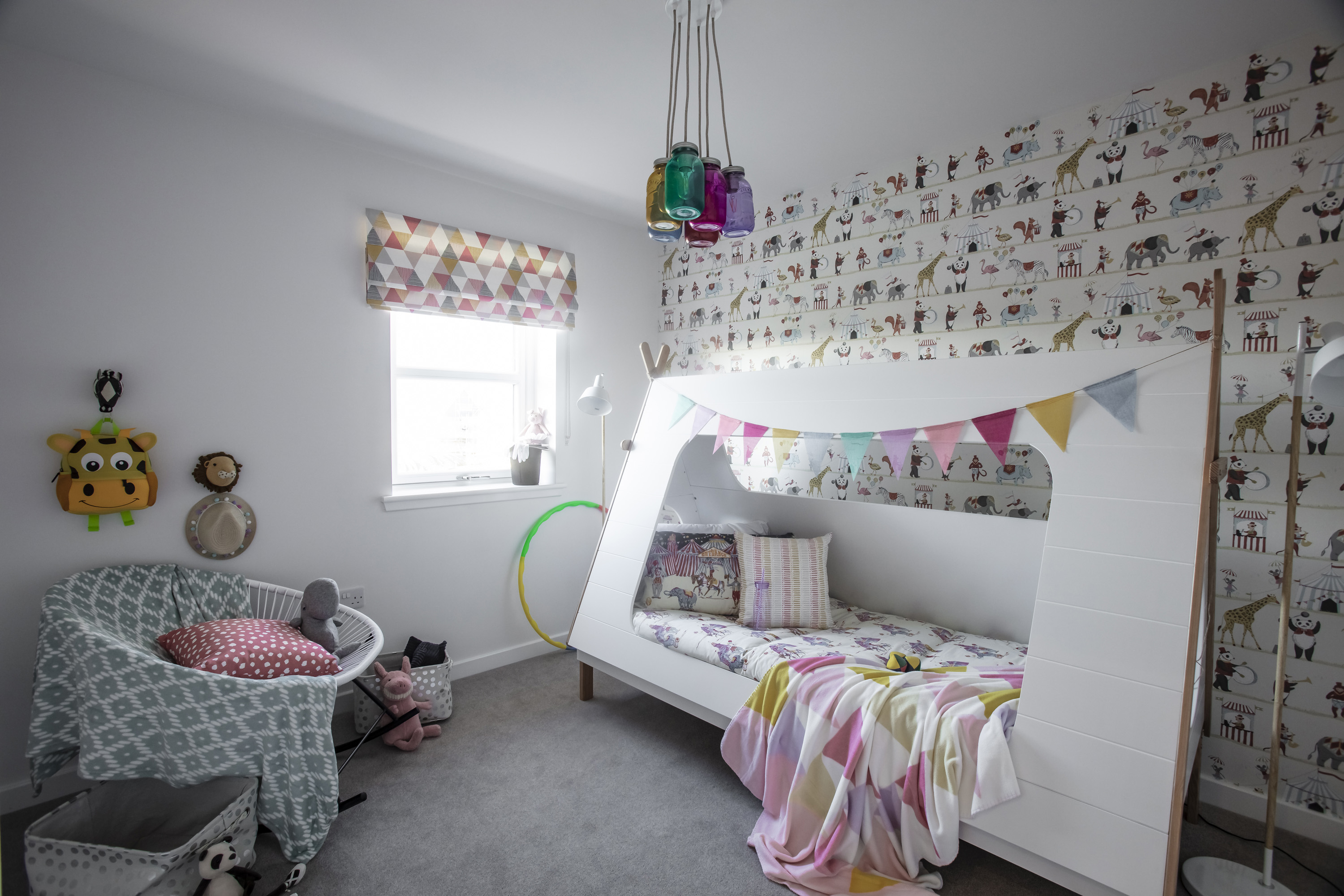Preparing your home for a toddler

As babies become toddlers, their abilities evolve immeasurably, but so do the risks they face from your home and its contents.
New parents are often told the first few months are the worst, and to an extent, that’s true. Sleeplessness, the sudden adjustment to a new lifestyle and the immense responsibility of parenthood can all feel overwhelming. Yet when babies grow into toddlers, your worries aren’t over. Indeed, in many respects, they’re just beginning. Babies sleep a lot and generally stay where you put them, and they don’t have the independence or wilfulness that can place older children in harm’s way.
In our second blog about adapting your home for children, we consider the ways in which toddlers need to be protected against things you probably hadn’t even considered as being dangerous…
Safety
Babies lack mobility, but toddlers rarely stop moving, requiring you to look at your home in an entirely new way. Crawling around with your head at toddler height identifies solutions you might otherwise not identify as problems, such as capping low corners on furniture with adhesive rubber edge guards. Many toddlers have an inquisitive ‘does that fit in there?’ mentality, so plug protectors are essential if you haven’t already invested in them. A night light helps toddlers feel safe at bedtime, and a gro-clock reduces the risk of them getting up too early once their cot gives way to a more conventional bed.
Toddlers quickly develop the strength to open cupboards and low drawers, so move sharp or dangerous objects like cling film to higher ground and invest in cupboard locks. Don’t just put stair gates on steps – consider installing them across utility room doorways as well, where dangers range from unattended washing machines to pet litter trays. Kids learn to open doors at a very early age, so put high-level locks on airing cupboards if they store DIY tools or old paint. Hang house keys high on a wall, beyond the reach of sleepwalkers or escapologists.
Transport
Toddlers love moving quickly, so consider where you can safely store trikes and scooters with muddy wheels. A metal storage box outside the front of your home (for easy access) is a good investment if you don’t have a garage. A car seat with removable inner sections grows with your child, while a three-point safety buckle keeps children below 18kg securely restrained – providing you can keep the straps tight enough to stop them pulling their arms free...
Pack a rucksack with clothes, toys, wet wipes and water bottles, and keep it near the front door as a travelling companion. A multi-functional storage unit hung behind the front passenger seat of a car provides easy access to toys and snacks, as well as housing a tablet for longer journeys. Downloading CBeebies shows over WiFi can avoid the nightmare of listening to repeating nursery rhymes on the stereo.
Practicality
Toddlers are desperate to do things themselves, but they’re often not physically capable. This results in tantrums, which in turn can lead to sore heads if there are hard surfaces nearby. Carpets and rugs provide extra cushioning, though wooden or laminate floors cope far better with the inevitable daily spills and bodily fluids. Always change nappies on a dedicated changing mat rather than a towel, keeping a stack of wipes and bags handy. A nappy bin outside the back door provides quick and easy disposal for insanitary items.
Try to zone your home for specific roles, ideally keeping at least one room or space largely child-free. This will become your evening haven – a place to decompress without staring at toy kitchens or car garages. Open-sided modular storage units house larger toys plus fabric baskets filled with smaller playthings, letting children pick their own toys and (hopefully) tidy them up. Keep batteries and charging cables in one place too, for speed and simplicity.
Back to Latest Posts




